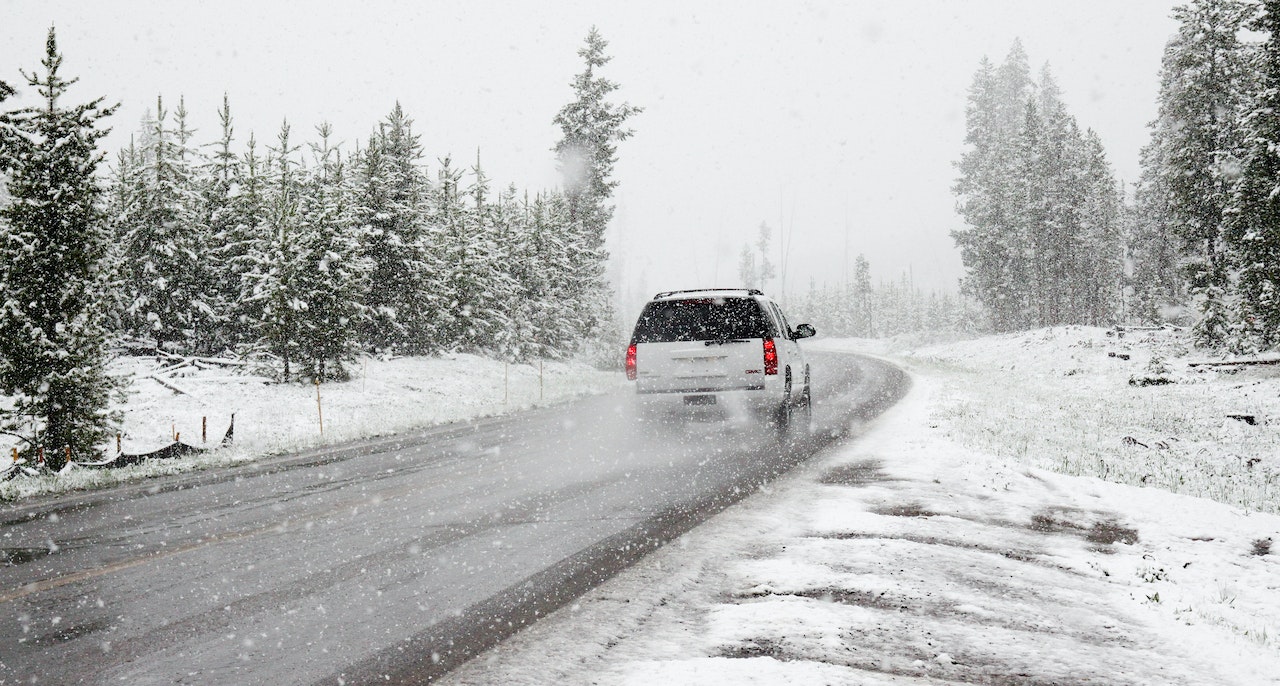Having to drive somewhere during a snowstorm can be a massive risk, but you can make it safer. The following tips should help you make it through the winter, so you can get where you are going without incident.
Winterize Your Car’s Tires
Car tires are the first place to prioritize when preparing for winter driving. Start by inspecting the tires’ treads; you may want to rotate them. Typically, treads can be checked using the penny test, placing a penny in the tire’s groove. If Lincoln’s head is visible, new tires should be a requirement.
New tires should still be refilled, as low pressure can be hazardous. Bring your car to the mechanic and ask them to fill your tires as needed. On the other hand, you can easily handle this alone if you know how to read a pressure gauge.
Swapping to winter tires can be less dangerous, but they will hamper your fuel economy. Therefore, you should only switch to winter-graded tires during the coldest months.
Change the Oil and Antifreeze
Oil and antifreeze are essential, or your engine could lock up during transit. You can check the oil stick to see if your engine needs more. Otherwise, you should schedule an appointment with a mechanic and remember to ask them about antifreeze.
Repair the Heater and Ventilation
Sliding down to the store may not be too bad without a heater. However, driving far away without heat can be quite burdensome, so make sure your heater works. Furthermore, you can utilize it to defrost the windshield, warm up your hands, and heat your feet.
Inspect the Battery and Cables
Battery capacity lessens during the cold, so test your battery’s voltage. Grab a voltmeter and connect the positive diode to the battery’s positive terminal. Then, hook up the negative diode to the negative terminal, completing the circuit.
Usually, your battery should hover around 14V, but it can go a little lower without harm. In addition to the battery, you should check the cables and review them for any fraying. If the wires are frayed, it may be time to order replacements.
Adapt Your Driving Habits
Wintery drives may sound more romantic than they are in reality, but you can still get where you are heading safely. First and foremost, account for extra travel time, and remember to remove snow and ice from the car. Truck tarps can be a game-changer, preventing ice accumulation in the first place.
Once on the road, drive slower than usual, and always wear your seatbelt. When you are accelerating or decelerating, do it slower than usual too. Moreover, stop using cruise control, especially on the highway. Black ice is expected in the mornings, and it can blend in with the roadway.
If you drive over a patch of black ice, the safest thing is to let go of the gas and brakes. Hold the wheel straight, and wait until you are back on regular pavement. If you start fishtailing, gently turn the wheel in the opposite direction, which can be counterintuitive.
Learn How to Handle Being Stuck in a Blizzard
Getting stuck in the car during a blizzard may sound like a nightmare, but you can survive if you plan. If the car is lodged in a snowbank, inspect the vehicle’s exhaust pipe.
Clearing the exhaust pipe should be the top priority, or you could suffer from carbon monoxide poisoning. If it is clogged, excavate it by hand. Then, dig around the rest of the car, clearing as much snow as possible.
Do not rev the engine, or you will make the situation worse. Finally, grab a friend and ask them to rock the car back and forth. You can attempt to sway the car alone, but it is easier with some help.
Since there is so much added risk during the winter, it would make sense to pack a few additional supplies. A few emergency flares and a flashlight could help you attract attention. Plus, a shovel could help you dig out the car all alone.
Surviving Winter on the Road
Winter driving can be scary, burdensome, and headache-inducing. Nevertheless, these tips should help you get where you are going without trouble.



